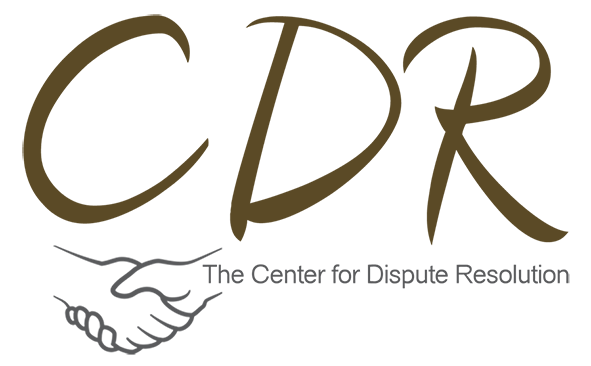
Common Conflict Triggers in Hospitals and How to Address Them
In the dynamic and high-stakes environment of hospitals, conflicts are inevitable. Whether among healthcare professionals, patients, or between different departments, conflicts can arise from a variety of sources. Addressing these conflicts promptly and effectively is crucial for maintaining a harmonious workplace and ensuring the best possible patient care. This article explores common conflict triggers in hospitals and provides actionable strategies to address them.
- Communication Breakdowns:
One of the primary conflict triggers in hospitals is communication breakdowns. Misunderstandings between healthcare professionals, inadequate information transfer, or poor communication with patients and their families can lead to tension and conflicts. To address this, hospitals should prioritize clear and concise communication protocols.
- Solution: Implement regular communication training sessions for healthcare staff. Foster an environment where open communication is encouraged, and ensure that all team members are aware of established communication channels.
- Workload and Stress:
Hospitals often operate under high-stress conditions, and healthcare professionals face demanding workloads. Stress can lead to frustration and conflicts among team members.
- Solution: Implement stress management programs and provide resources for employees to cope with workload pressures. Encourage breaks and time off to prevent burnout. Foster a supportive work culture that recognizes and addresses the challenges of working in a high-pressure environment.
- Differing Priorities and Goals:
Conflict can arise when individuals or departments within a hospital have conflicting priorities or goals. This can lead to competition for resources and differences in decision-making approaches.
- Solution: Establish clear organizational goals and priorities. Encourage collaboration and regular communication between departments to align objectives. Implement a transparent decision-making process that involves relevant stakeholders, ensuring a shared understanding of organizational goals.
- Lack of Resources:
Insufficient resources, whether in terms of staffing, equipment, or facilities, can create tension and conflicts among healthcare professionals.
- Solution: Advocate for adequate resource allocation and regularly assess staffing levels. Prioritize investments in essential equipment and facilities. Foster a culture of resource stewardship, encouraging employees to use resources efficiently.
- Role Ambiguity:
Unclear job roles and responsibilities can lead to conflicts, as individuals may feel overburdened or undervalued.
- Solution: Clearly define job roles and responsibilities, and regularly review and update them as needed. Foster a collaborative environment where team members understand and appreciate each other’s contributions.
- Ethical Dilemmas:
Hospitals often face ethical challenges, and disagreements regarding patient care decisions or organizational policies can lead to conflicts.
- Solution: Establish an ethics committee to address and provide guidance on ethical dilemmas. Implement regular ethics training for healthcare professionals to enhance their ability to navigate complex situations. Encourage open discussions about ethical concerns.
Conclusion:
Conflict is inherent in any workplace, and hospitals are no exception. However, by proactively addressing common conflict triggers, hospitals can create a healthier work environment, improve team dynamics, and ultimately enhance patient care. Clear communication, stress management, resource allocation, role clarity, and ethical considerations are integral components of a successful conflict resolution strategy in the complex world of healthcare.
✅ Resolve disputes effortlessly. ✅ Build stronger relationships. ✅ Subscribe FREE now!
Don't miss out! Join us today. 🚀


Comments are closed